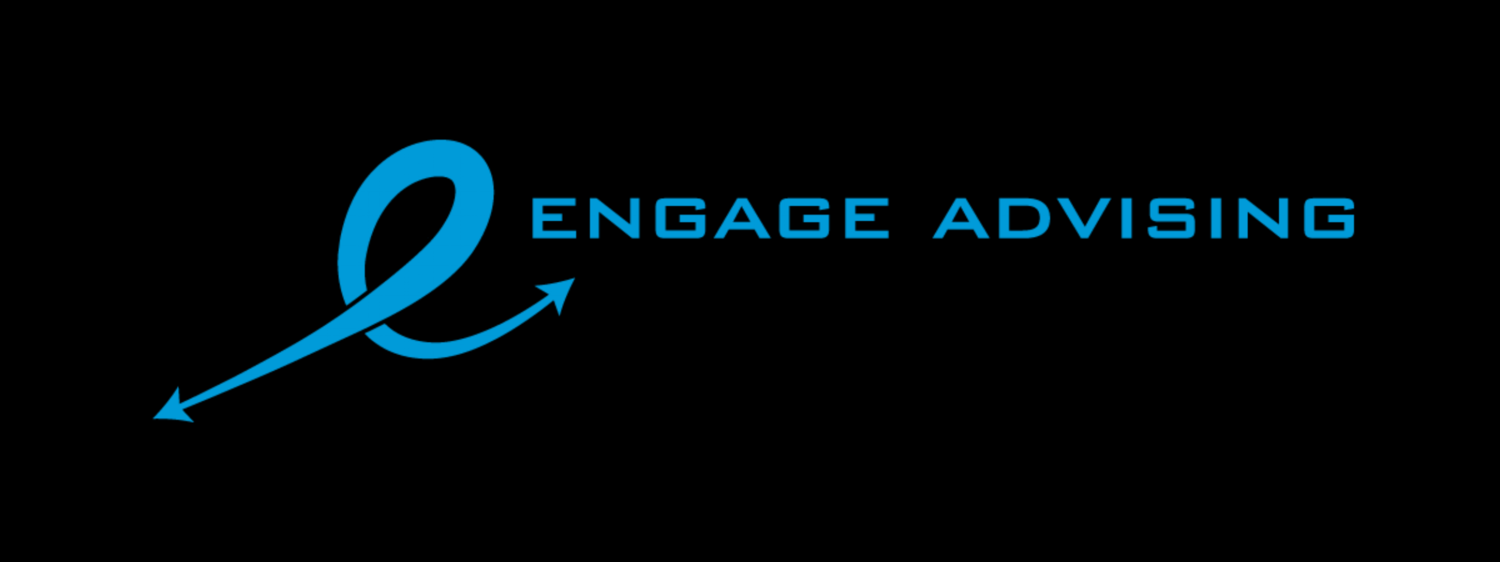I thought I would write this week about not winging it when it comes to saving for retirement, but debt reduction questions took center stage these past weeks from more than a few clients. So, I’ve decided to write about debt. That four-letter word creates havoc, fear and stress in so many different ways for all of us. Some folks ignore their debt and just pretend it is not there, but it eventually catches up with them. Others focus too much on their debt, which paralyzes them and keeps them from moving forward and reaching other financial and personal goals. You don’t have to be in either of those camps.
You know that budgeting is key to keeping your debt under control. Moreover, my guess is that you know there is a difference between good debt (think mortgage), and bad debt (credit cards). Keep in mind, that even too much good debt can be a bad thing if it is causing you stress. The real question is, how do you develop a budget that you will use, and how do you implement the budget without the word budget becoming a negative factor in your life? Some folks are great at using an old-fashioned spreadsheet, plugging in the numbers and sticking within the outputs provided as they earn and spend. Others feel too constrained and need a different approach. Use what works for you whether it is the spreadsheet, a spending map, or a Smartphone app. By the way, there are lots of new apps to help you with your spending if you lean toward the tech side. Checkout this article, 13 Best Budget Apps for 2017 by Gottabemobile. Whether you use the term budget, spending map, money plan, or some other moniker that works for you, keep in mind your goal and the reward, to get used to a budget, managing your money and conquering your debt.
There are some guidelines to keep in mind (here’s the math part).Your debt-to-income ratio (DTI) for total debt should generally be no greater than 36%. This is calculated as your total monthly debt payments, including housing costs, divided by your total gross monthly income. Once you exceed this number, it becomes harder to budget and more challenging to feel like you are getting ahead. This number will vary slightly depending upon your income situation, housing location and other factors, but generally, this is the number calculated by lenders when considering you for a loan. You should also keep in mind that another measure is your consumer debt ratio. This ratio should be 20% or less. You calculate this ratio by dividing all monthly non-housing debt payments by your monthly net income (different from your DTI). Although some advisers allow the DTI to reach 43%, you should know that the 28% and 36% thresholds are considered the gold standard and will allow you to live comfortably within your means.
So…where to start. First, don’t feel that you are alone or that you cannot do this. You need to get a snapshot of exactly where you are and what your annual cash flow looks like. You can do this by clicking the Engage Now! tab on this site and start your analysis for free. If you need help, reach out and I can walk you through the process. You need to know which debts and in what order to tackle them so you don’t waste time. For some, the snowball approach works best and for others, the avalanche. Second, take a breath and realize it takes time to get on a budget/spending map/plan. Third, use technology and find an app or program that works for you. Just like tracking daily steps on our walking apps for fitness, use a budgeting app to track your progress. Next, stop spending. Plain and simple, you need to get your spending splurges under control. With each and every purchase, ask yourself three times, ‘do I really need this?’ After a while, you’ll realize you likely don’t need the item. Having cash in your bank account does not equal being able to afford a purchase. Fourth, set goals and write them down. Your first goal should be to make it three months on your newly devised plan and at the three-month mark, celebrate that accomplishment! Next, decide how you’ll celebrate the six-month mark. Of course, if you are married, you and your spouse need to be on the same page and willing to budget.
Finally, realize that you do need a budget and that your budget is a guide, a map to a financially healthier future. In the beginning, you may feel it is about constraint and punishment, but it is really about control and freedom. Your eventual goals should be to payoff credit cards monthly, have an emergency fund, and start stashing cash for other goals such as retirement, education, or a home. It’s ok to set your goal as reaching the stars, because if you do and only make it to the moon, you are still on your way.
As an independent Certified Financial Planner™, I can help you decide on a budget approach, set a timeline and put that plan into action. I can also be there to talk you through mishaps and remind you of your goals and timeline. Let’s start planning a budget and debt-free future for you today. #talktometuesday #budget #Hireaplanner #spendingmap #savings #cash #debt

